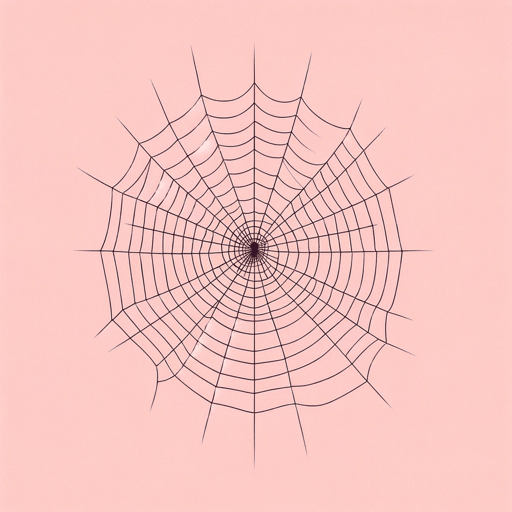19 pages • 38 minutes read
Mary HowittThe Spider And The Fly
Fiction | Poem | Middle Grade | Published in 2002A modern alternative to SparkNotes and CliffsNotes, SuperSummary offers high-quality Study Guides with detailed chapter summaries and analysis of major themes, characters, and more.
Further Reading & Resources
Related Poems
“The Spider and the Fly” by Thomas Hudson (1824)
This piece from Hudson’s 1824 collection, Comic Songs, bears a striking similarity to Howitt’s poem, including the identical first two lines. Hudson’s song has, like Howitt’s, a didactic tone and depicts a fly dangerously seduced by a spider. However, for Hudson, the spider is an anthropomorphic version of Pleasure, whose victims are male. Hudson’s victim is less sympathetic than Howitt’s and is blamed for being preyed on: “‘Tis vanity that ever makes repentance come too late, / And you who into cobwebs run, surely deserve your fate” (Lines 31-32). Howitt perhaps adapted this work, reversing the genders of the main characters to create a cautionary tale for a female audience.
As explained in the notes, Hudson’s poem was “highly popular throughout the 19th century, and was widely printed.” Its chorus was later borrowed by Lewis Carroll for the “Lobster-Quadrille” in Alice’s Adventures in Wonderland (1865), along with Howitt’s version.
“The Lobster-Quadrille (The Mock Turtle’s Song)” by Lewis Carroll (1865)
In Alice’s Adventures in Wonderland (1865), Carroll pokes fun at many of the rhymes that Victorian children were forced to memorize for their moral value, including Howitt’s poem.

